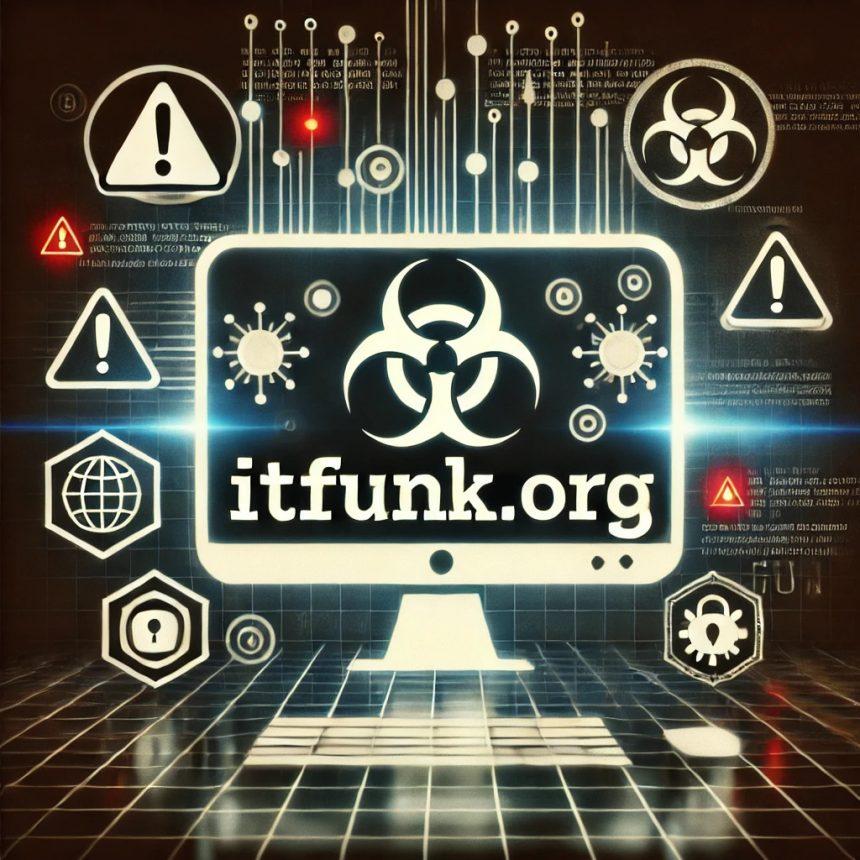ScarletStealer is a malicious piece of software primarily designed to steal sensitive information from infected devices. While it might seem unsophisticated compared to more advanced malware, its impact can still be significant. In this article, we will explore the characteristics of ScarletStealer, how it spreads, its symptoms, the damage it causes, and how you can remove it effectively.
ScarletStealer Overview
ScarletStealer is a password-stealing trojan that uses several techniques to infiltrate your system and steal private data. It operates by exploiting vulnerable areas of your computer, downloading other malicious components, and performing a series of actions to gather data. While it may not be the most sophisticated malware, it can still lead to severe consequences like identity theft, financial loss, and the spread of other malicious software.
Threat Summary
| Category | Details |
|---|---|
| Threat Type | Trojan, password-stealing virus, stealer |
| Detection Names | Avast (Win64:AdwareX-gen [Adw]), Combo Cleaner (Application.Generic.3608936), DrWeb (Trojan.PWS.Stealer.38504), Kaspersky (Trojan-Banker.Win64.CryptoSwap.b), Microsoft (Trojan:Win64/ScarletFlash!MSR) |
| Symptoms of Infection | No visible symptoms; operates stealthily without triggering noticeable alerts |
| Damage | Stolen passwords, banking information, personal data, potential identity theft, and the victim’s computer may be added to a botnet |
| Distribution Methods | Infected email attachments, malicious online advertisements, social engineering tactics, and cracked software downloads |
| Danger Level | High |
Remove annoying malware threats like this one in seconds!
Scan Your Computer for Free with SpyHunter
Download SpyHunter now, and scan your computer for this and other cybersecurity threats for free!
How ScarletStealer Works
ScarletStealer infiltrates a system through a multi-stage infection process. It relies on other components to complete its malicious tasks. After infiltrating a device, the malware downloads additional malicious tools through the use of downloaders, with the last downloader known as Penguish. These downloaders are often used to bring more sophisticated malware into the system, but in the case of ScarletStealer, the malware itself is rather simple and lacks certain advanced features.
Once installed, ScarletStealer works by scanning the device for specific types of data. It focuses mainly on cryptocurrency wallets, searching specific directories like %APPDATA%\Roaming\[crypto_name/wallet_name]. If it detects any such wallets, it installs additional software or tools to exfiltrate sensitive data. For example, the malware injects “meta.exe” into the system, modifying browser shortcuts and enabling malicious extensions to be loaded in Google Chrome.
Although poorly constructed and still in the developmental phase, ScarletStealer’s functionality is dangerous because it silently gathers and sends data without the user’s knowledge. Additionally, it can steal private information, including banking credentials and passwords, leading to potential financial losses and identity theft.
Distribution Methods
ScarletStealer is spread through various means, typically targeting vulnerable users through social engineering. Some common distribution methods include:
- Infected email attachments: These can contain malware-laden documents or scripts that, when opened, trigger the infection process.
- Malicious online advertisements: These ads may appear on legitimate websites, directing users to harmful sites that infect their systems.
- Social engineering tactics: Attackers may use deceptive messages to trick users into downloading and executing the malware, such as offering cracked versions of popular software.
- Software cracks: Users looking for free versions of paid software may unknowingly download malware instead of the intended program.
Symptoms of ScarletStealer Infection
ScarletStealer is designed to remain stealthy, meaning that its symptoms are not easily noticeable. The malware operates in the background, silently stealing data from the infected device. There are no typical warning signs, and the user may not realize that their information is being stolen until it is too late. However, if a user notices unusual activities such as:
- Slow system performance
- Unexplained changes to browser behavior (e.g., new extensions or pop-up ads)
- Unauthorized transactions in bank or cryptocurrency accounts
They may suspect a malware infection, but the stealthy nature of ScarletStealer means that these symptoms are not definitive.
Damage Caused by ScarletStealer
ScarletStealer can cause significant damage by stealing sensitive information from infected devices. The primary risks include:
- Stolen passwords: Attackers can gain access to accounts, both personal and financial, using the harvested credentials.
- Banking information: If the malware finds banking data, it could lead to unauthorized transactions, potential financial loss, and identity theft.
- Identity theft: Sensitive personal information like Social Security numbers, email addresses, and credit card details can be used for malicious purposes.
Additionally, infected systems may be added to a botnet, which could be used to launch further attacks or distribute spam.
Removing ScarletStealer
Remove annoying malware threats like this one in seconds!
Scan Your Computer for Free with SpyHunter
Download SpyHunter now, and scan your computer for this and other cybersecurity threats for free!
If you have been infected with ScarletStealer, the first step is to remove the malware from your system. Below is a comprehensive guide to using SpyHunter to clean your device:
Step 1: Install SpyHunter
- Download SpyHunter.
- Open the installer and follow the on-screen instructions to install the software on your computer.
Step 2: Perform a Full System Scan
- Launch SpyHunter after installation.
- Click on the “Scan” button to begin a system scan.
- SpyHunter will scan your system for any malicious programs, including ScarletStealer.
Step 3: Review the Scan Results
- Once the scan is complete, SpyHunter will present a list of threats detected on your device.
- Look for any entries related to “ScarletStealer” or other Trojan-related malware.
Step 4: Remove Detected Threats
- Select the detected threats and click on “Remove” to eliminate them from your system.
- Follow any additional prompts to ensure that all malicious files and registry entries are deleted.
Step 5: Restart Your Computer
After the removal process is complete, restart your computer to finalize the cleaning process.
Step 6: Run a Final Scan
After rebooting, run another scan with SpyHunter to ensure that no remnants of ScarletStealer are left on your system.
Preventive Methods to Avoid ScarletStealer Infections
To reduce the risk of future infections, follow these preventive measures:
- Avoid clicking on suspicious links or email attachments: Be cautious of unsolicited emails and messages. Don’t open attachments or click on links unless you are sure they are safe.
- Install a reliable antivirus software: Ensure that you have up-to-date antivirus software, such as SpyHunter, to detect and block threats in real time.
- Use strong, unique passwords: Change your passwords regularly and use strong, unique passwords for all your accounts. Consider using a password manager to store them securely.
- Enable multi-factor authentication: For extra protection, enable two-factor authentication (2FA) on your critical accounts, such as banking or email.
- Avoid cracked software: Do not download or install software from untrusted or illegal sources, as these are often bundled with malware.
- Update your software regularly: Ensure that your operating system and all installed software are up to date with the latest security patches.
By following the steps outlined in this guide, you can effectively remove ScarletStealer from your system and protect your device from future infections. Always be vigilant when browsing the internet and ensure that your devices are secure to avoid falling victim to similar threats in the future.
Remove annoying malware threats like this one in seconds!
Scan Your Computer for Free with SpyHunter
Download SpyHunter now, and scan your computer for this and other cybersecurity threats for free!





